Karen Ledford is a seasoned digital marketer with a passion for turning data into actionable insights. When she's not immersed in the world of content marketing, SEO or social media as IDC®'s marketing director, she's likely found tending her garden or spending quality time with her furry family. A self-proclaimed DIY enthusiast, she's always up for a new project.
Integrating Cultures in a Merging World: A DEI Leader's Guide to M&A Success
Imagine a bustling Shanghai office buzzing with activity. The team, accustomed to hierarchical structures, values respect for authority and meticulous planning.
Now, picture a dynamic Los Angeles team, known for its collaborative spirit and rapid decision-making.
Merging these two cultures under one organization – a scenario increasingly common in today's globalized business landscape – presents a significant challenge: cultural integration.
Studies show that up to 70% of M&As fail to meet expectations, with cultural competency clashes a major culprit. This is where Diversity, Equity, and Inclusion (DEI) leaders with the right skillset step in. Understanding the complexities of integrating cultures during M&A activity positions them as strategic advisors, helping leadership navigate potential pitfalls and unlock hidden synergies.
This article investigates cultural competence in M&A integration strategies, highlighting the crucial role DE&I leaders play in navigating this critical juncture. We'll explore the challenges, explore real-world examples, and unveil strategies to foster a successful cultural blend, ultimately propelling the merged entity towards a high-performance future.
Global Landscape, Cultural Integration Challenges
The modern business landscape is more interconnected than ever. Cross-border mergers and acquisitions are on the rise, driven by factors like globalization and market expansion. However, this exciting trend presents a significant challenge – integrating vastly different company cultures.
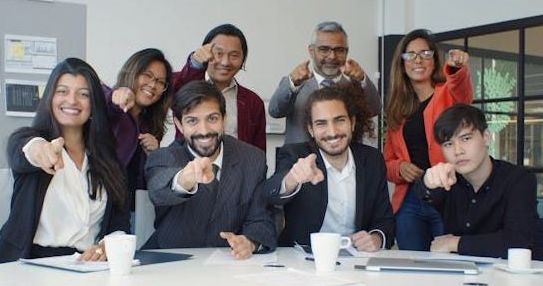
Understanding Cultural Fault Lines
A successful M&A hinges on understanding the potential fault lines between merging cultures. Bain & Company identified three broad areas that often lead to friction:
Purpose
- Do both companies share a clear vision and mission?
- Are there discrepancies in how value is created?
- If the merging companies lack a shared vision of their future or have contrasting ideas on how they create value, it can lead to confusion and conflicting priorities among employees.
Decision-Making
- Are the decision-making styles centralized or decentralized?
- How comfortable are teams with ambiguity?
- Differing leadership styles and comfort levels with ambiguity can cause delays and frustration. A centralized, top-down approach from one company might clash with a more decentralized, consensus-driven style from the other.
Engagement
- How are employees recognized and rewarded?
- Are communication styles direct or indirect?
- Misunderstandings arise when communication styles and employee recognition methods differ. Direct communication preferred by one company might be perceived as harsh by the other, while indirect methods could lead to missed deadlines or unclear expectations.
- In addition, acquisitions can trigger fear and uncertainty among employees. A lack of transparency and support during the integration process fuels resistance and hinders productivity.
Case in Point: M&A Mishaps and the Power of Cultural Sensitivity
A recent merger involved a US tech giant with a traditionally fast-paced and hierarchical structure who acquired a European phone company known for its collaborative culture. While the deal wasn't necessarily a failure, it faced challenges integrating different work styles.
Another example involves the acquisition of a European messaging app known for its focus on user privacy by a US social media giant. Cultural clashes arose due to differing priorities and communication styles.
These types of scenarios underscore the importance of cultural competency and fostering Inclusion during M&As. By valuing the strengths of both cultures and implementing communication bridges – like cross-cultural training workshops and dedicated communication channels – DE&I leaders can create a space for understanding and collaboration.


DEI: Bridging the Cultural Gap
In today's dynamic business environment, qualified DE&I leaders can help navigate the intricacies of cultural integration during mergers and acquisitions.
Communication Fosters Trust and Collaboration
Effective communication is paramount during any M&A activity. Trained DEI professionals understand the importance of creating open communication channels between executives and employees across both companies. This includes:
- Transparent Communication: Providing clear and consistent information about the merger's goals, timelines, and impact on employees.
- Two-Way Dialogue: Encouraging open communication and fostering a culture where employees from both sides feel comfortable voicing concerns and ideas.
- Empathy and Respect: Recognizing and valuing the traditions and work styles of both cultures.
By facilitating clear, open communication, DEI leaders help mitigate anxieties and build trust during the integration process. This fosters collaboration and ensures that the best practices from both cultures are leveraged, maximizing the potential of the M&A.
Celebrating Diversity: Unlocking Synergies
Cultural integration during M&A is not about creating a homogenous culture but embracing the unique strengths and perspectives of both teams. Understanding the value of Diversity can help leadership develop programs that celebrate cultural differences. This could include:
- Cultural Exchange Programs: Creating opportunities for employees to learn about each other's cultures and work styles.
- Mentorship Programs: Pairing employees from different cultural backgrounds to foster understanding and collaboration.
- Diversity Councils: Establishing employee-led resource groups to champion Diversity initiatives and ensure all voices are heard.
Fostering a culture of Inclusion helps unlock the synergies of a diverse workforce, leading to a more innovative, engaged, and productive organization.

The CDE® Advantage
Credentialed DEIA professionals possess a unique skillset that allows them to bridge cultural divides during M&A activity. Fortune 500 companies seeking a competitive edge in the global marketplace can benefit greatly from the expertise of leaders holding a Certified Diversity Executive (CDE)® credential.
Through in-depth training on cultural competency models and frameworks, CDE® Candidates gain the ability to assess the cultural landscape of both merging entities. This allows them to anticipate potential challenges and develop targeted interventions to foster a sense of belonging and shared purpose within the newly combined organization.
Here's how:
- Cultural Assessment: Before integration begins, a thorough assessment of both companies' cultures is crucial. The CDE® leverages tools to analyze values, leadership styles, communication norms, and decision-making processes to identify cultural differences and potential pain points.
- Change Management: Transparency and open communication are vital during a merger. The CDE® is adept at managing employee resistance and building buy-in for the new organizational culture.
- Fostering Inclusion: A key aspect of DEIA is creating a work environment where everyone feels welcome and respected. By promoting diversity of thought and experience, the CDE® designs an integration plan that leverages the strengths of both cultures, leading to increased innovation and employee engagement.
- Building Trust: Mergers can create uncertainty and anxiety among employees. A CDE® works with leadership to build trust and transparency through open communication channels, cultural sensitivity training, and initiatives that celebrate the unique contributions of all employees.

By leveraging credentialed DEIA expertise, companies can transform M&A activity from a risky venture into a springboard for growth and innovation.
Are you ready to harness the power of diverse cultures and turn M&A challenges into opportunities for success?
Invest in DEI Certification and prepare your teams for the future of work.
Engage Your Team
About Karen Ledford
Share This Article!
Disclaimer: Content on this blog is authored by multiple sources. While we do make every attempt to proofread and fact-check, unless authored our staff, the views expressed do not necessarily reflect those of the Institute for Diversity Certification (IDC), Inc.
More Insightful DEIA Blogs

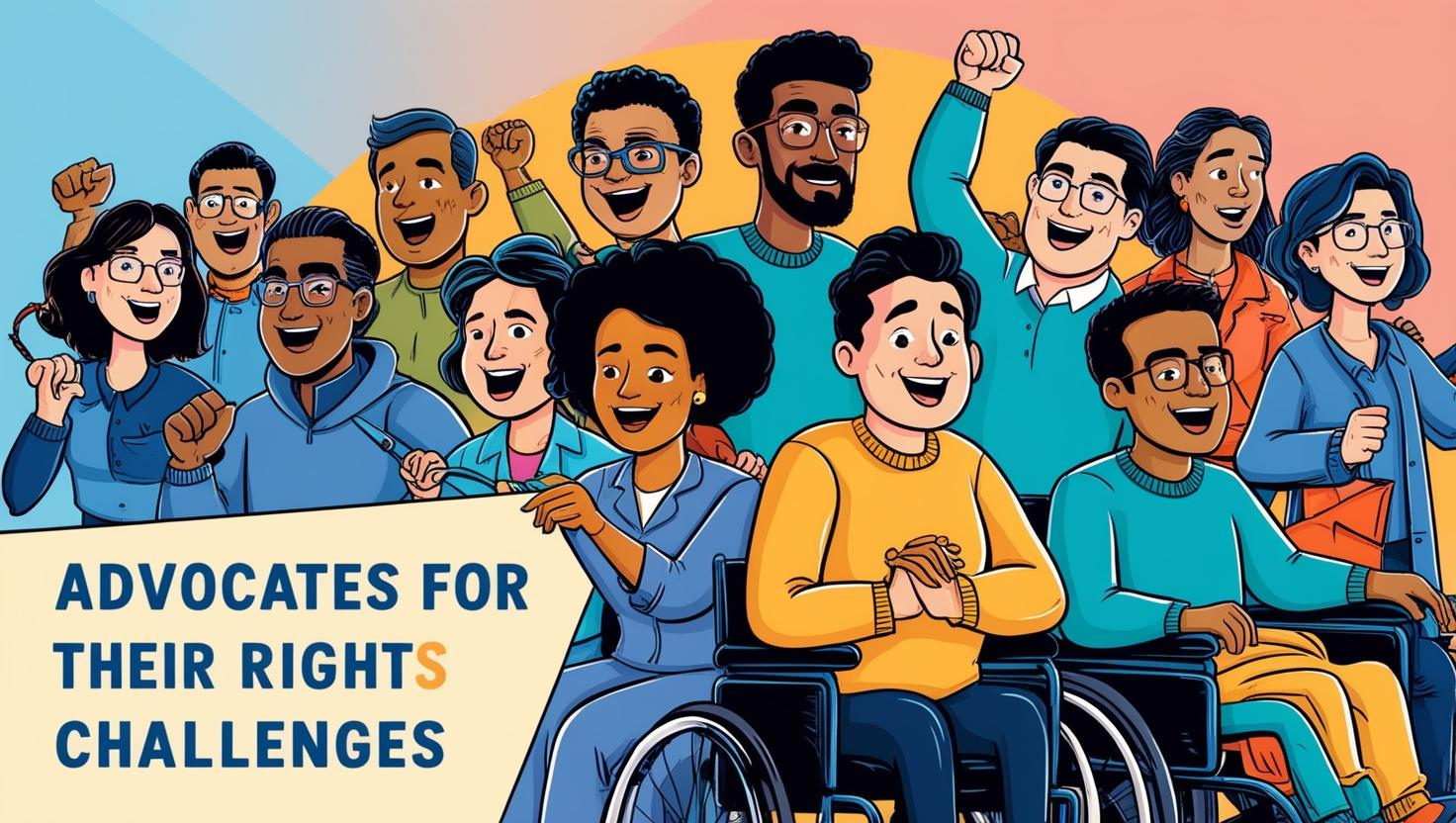

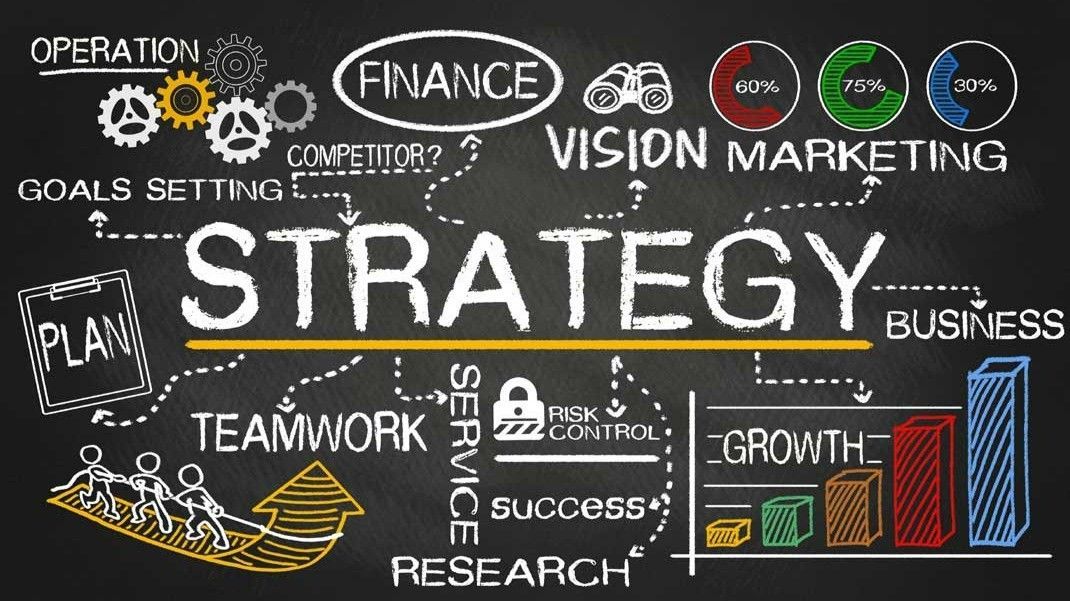
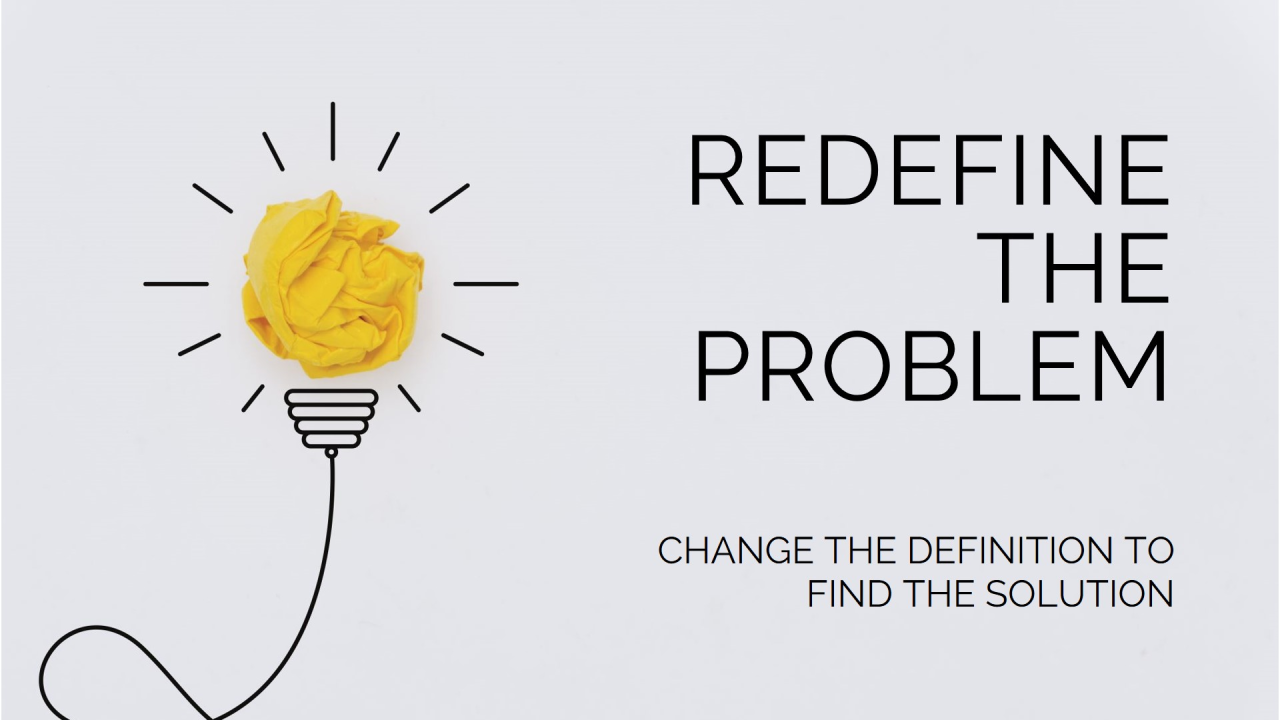


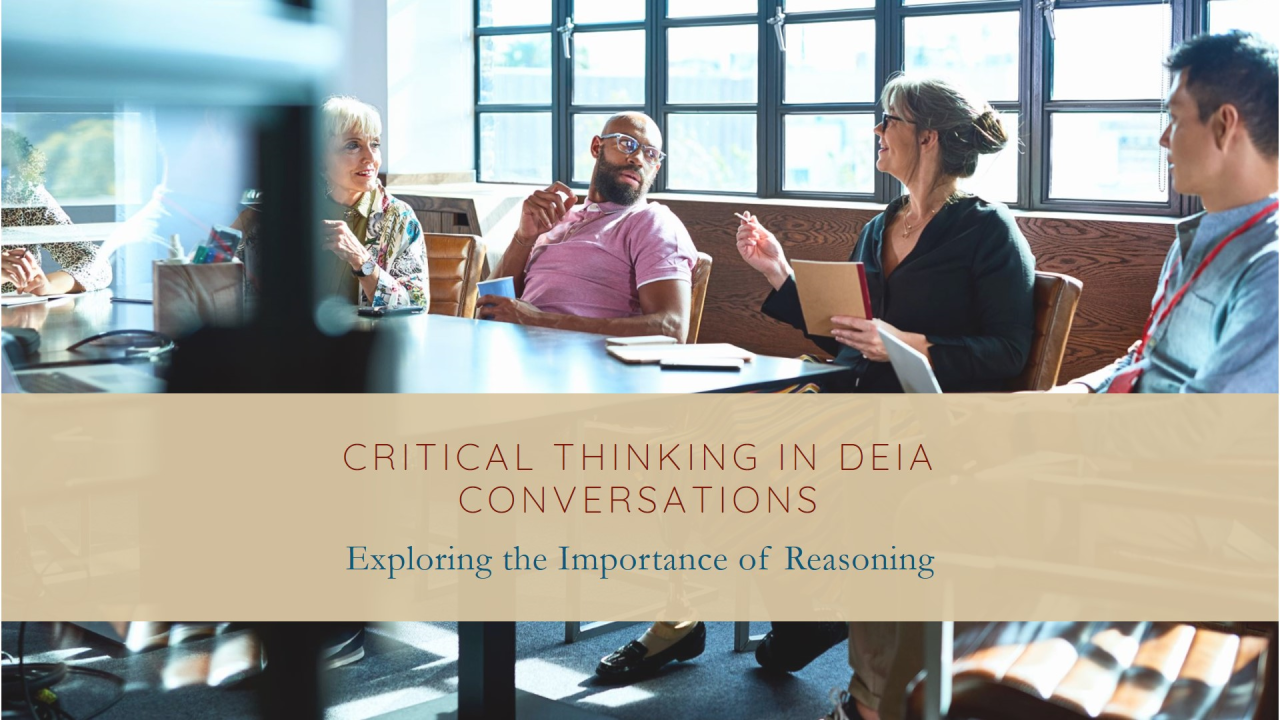

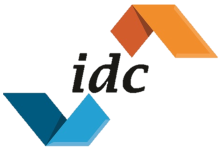

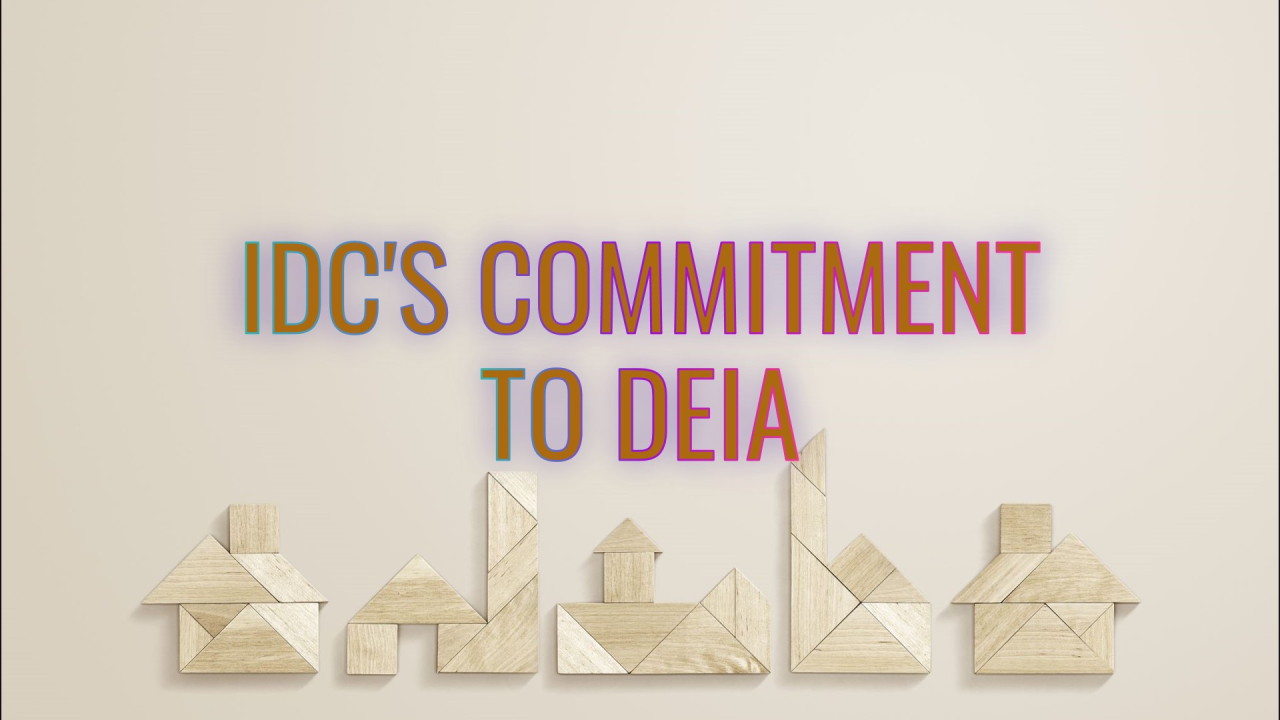
Share On: